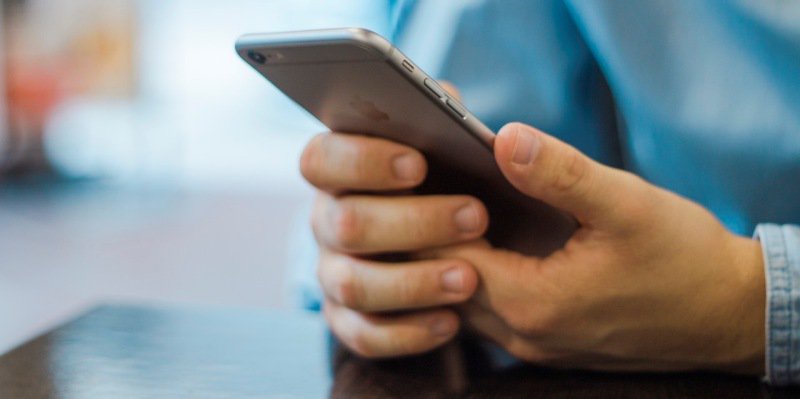By Brandi Britton, OfficeTeam
“I speak two languages, Body and English.” — Mae West
Mae West had it spot on. This iconic actress was the queen of sharp one-liners as well as smirks and sideways glances. In fact, body language sometimes speaks louder than words, which is why administrative professionals need to master the nonverbal cues they’re transmitting — both consciously and subconsciously. Equally important is knowing how to read the subtle signals of the people you encounter daily.
Here are some tips for projecting and interpreting various forms of body language.
It’s not just what you say…
The successful administrative worker is a consummate pro. Even when you think the other person is wrong, such as a verbally abusive customer, you should be the adult in the room and respond calmly and professionally. What’s more, when you take the high road, many times your tone causes others to reconsider their words.
As a job seeker, an energetic tone of voice is highly effective for making a positive first impression. Whether on the phone or during in-person interviews, your words and vocal inflections should work together to let hiring managers know you’re enthusiastic about their company and tackling whatever tasks come your way.
Put on a good face
To rid your face of negative expressions during a job interview, practice having a friend lob you questions and videotaping the session. Does your smile reach your eyes, or is it isolated around your mouth? Are you fidgety and nervous or calm and confident? Is your eye contact confident or self-conscious? The more you practice this scenario, the more you’ll be able to control your facial expressions during the actual event.
At the same time, pay attention to other people’s faces to pick up on important nonverbal cues. Let’s say you’re planning an office event and suggest to your boss that it be held at a nonconventional venue. If they say “okay” but look down or away, it could mean they aren’t totally on board with the idea. This is a sign you should ask a follow-up question or make a different recommendation.

Shakedown
Whether greeting a new acquaintance or a longtime client, one of the most important nonverbal communications is the initial handshake. You want to strike a happy medium between the death grip and limp fish.
Take a stand
Convey a sense of presence and professionalism with your stance. This means no slouching or other ways of making yourself small. Stand or sit up straight, square your shoulders and lift your head. This body language communicates that you consider yourself an equal member of the team.
Dress the part
As part of your interview preparation, research what you should wear. Peruse the organization’s website and check out their social media. Is the prospective employer’s dress code jeans-and-hoodie casual or suit-and-tie formal? If you know former or current employees, ask them for advice.
A good rule of thumb for interviews is to dress one notch above a company’s normal dress code. So, if the tech startup you’d like to work for has a casual work environment, opt for business casual.
Be good with your hands
When talking to upper management or listening during a meeting, what are your hands and arms doing? Biting nails, twirling hair, tapping fingers, cracking knuckles, touching your face, running the back of your hand across your nose — all these gestures are distracting and detract from your professionalism.
Brandi Britton is a district president for OfficeTeam, the nation’s leading staffing service specializing in the temporary placement of highly skilled administrative and office support professionals. OfficeTeam has 300 locations worldwide and offers online job search services at roberthalf.com/officeteam. Connect with us on Facebook, LinkedIn, Twitter, Google+, Pinterest and the OfficeTeam blog.











